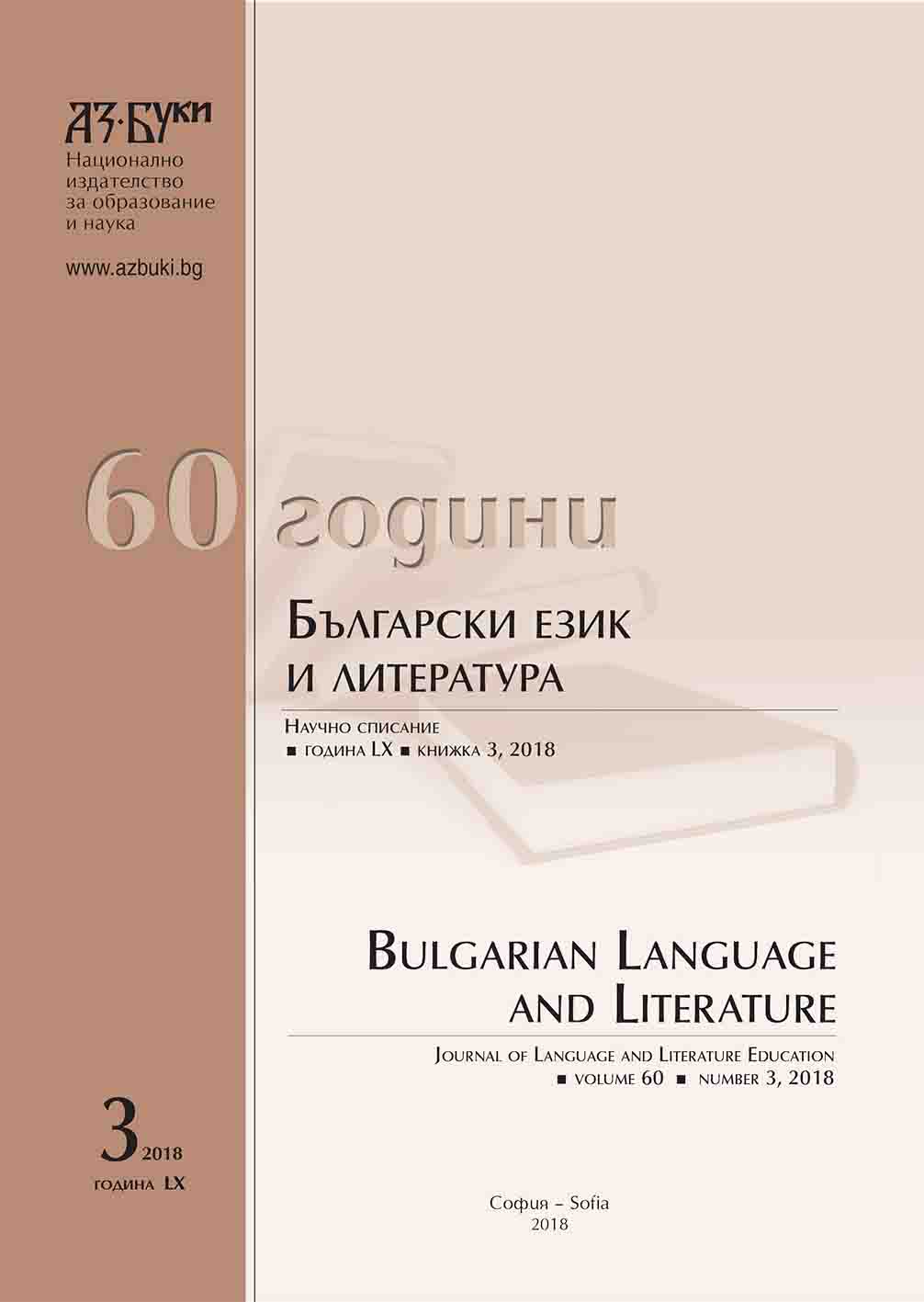
We kindly inform you that, as long as the subject affiliation of our 300.000+ articles is in progress, you might get unsufficient or no results on your third level or second level search. In this case, please broaden your search criteria.

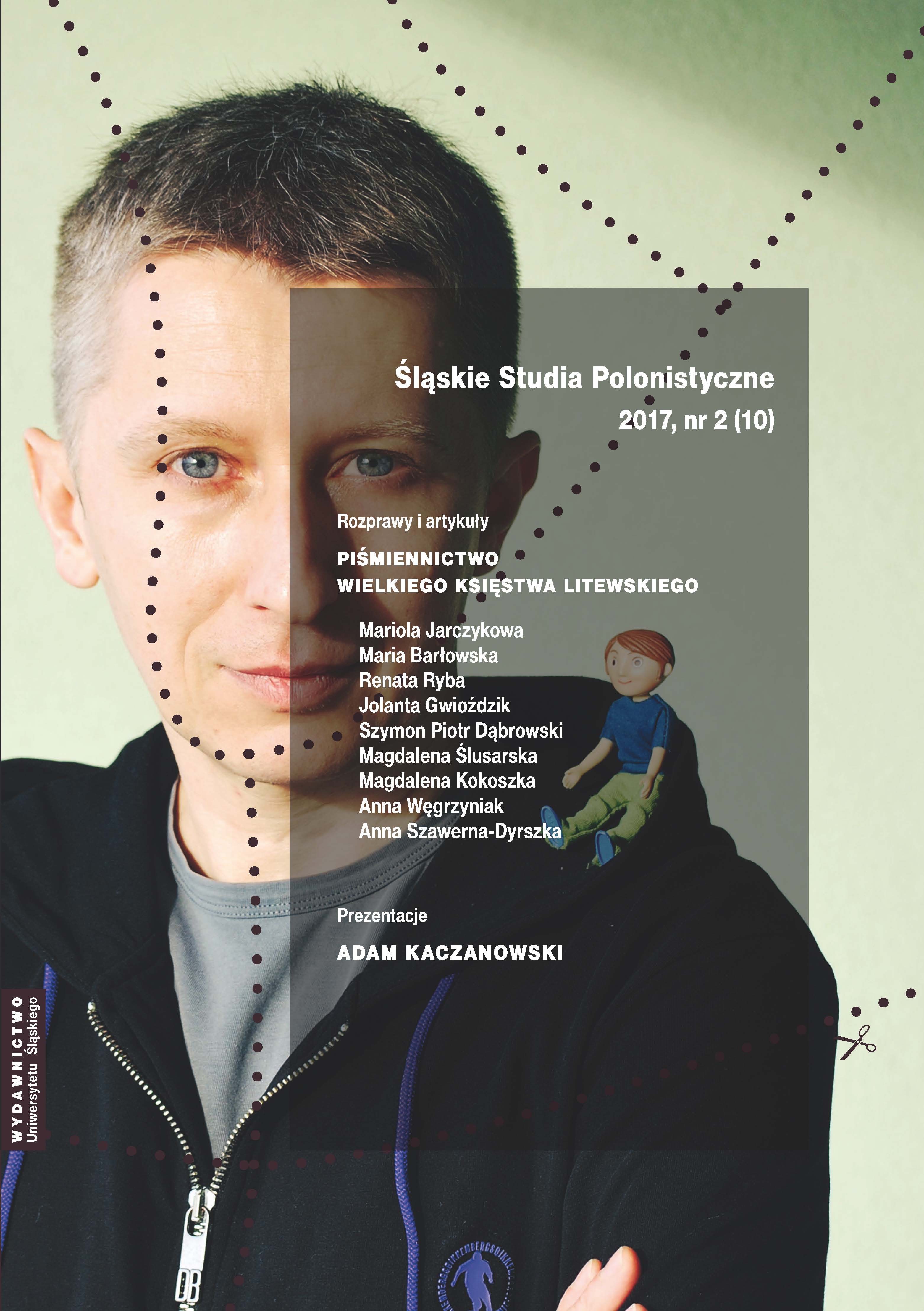
The Khotyn victory in 1673 became an inspiration for many poets. It inspired such well-known artists as Wacław Potocki and Zbigniew Morsztyn, as well as secondary artists like Daniel Kałaj, Mateusz Kuligowski and Samuel Leszczyński. From among many creative writings about the battle of Khotyn there is one that outstands due to its length and detailed presentation. It is a work of future Lithuanian referendary Stefan Jan Ślizień: Haracz krwią turecką Turkom wypłacony first published in Vilnius in 1674. In the introductory poem Do czytelnika łaskawego, the poet adopts the attitude of the real events‘ relator who makes descriptions from the eyewitness’ perspective. Thus, he puts the poem into the circle of poetics of the native heroicum. Ślizień – who participated in the Khotyn battle – describes battle events in a meticulous way, bringing the recipient closer to the realities. On the pages of the poem, the poet expressively represented the figure of the commander-in-chief – hetman Jan Sobieski, whom he characterized according to the epic principle fortitudo et sapientia. In addition, as a soldier from Lithuania, albeit fighting along with the Crown troops, he did not forget about the merits of Lithuania on the battlefield: he praises the equipment and courage of the Lithuanian army and appreciates the attitude of the great Lithuanian hetmans, Michał Pac and Michał Radziwiłł, thus showing attachment to the native land.
More...![Odnaleźć swoje wewnętrzne zdanie [dot. M. Wolynn: „Nie zaczęło się od ciebie. Jak dziedziczona trauma wpływa na to, kim jesteśmy, i jak zakończyć ten proces”]](/api/image/getissuecoverimage?id=picture_2017_40401.jpg)
The work is a discussion of the book „It Didn’t Start with You: How Inherited Family Trauma Shapes Who We Are and How to End the Cycle” by Mark Wolynn, an American psychologist who deals with the therapy of inherited trauma. The author presents Wolynn’s basic assumptions regarding trauma and post-trauma and its therapeutic system and she emphasizes the popularizing aspect of the work. Afterwards, she indicates the possibilities and directions of interpretation given by Wolynn’s theory in the context of contemporary Polish prose that regards war traumas and is written by the so-called second generation.
More...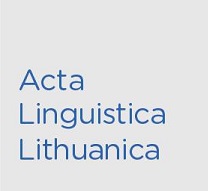
The article describes linguistic views of writer Marius Katiliškis (real name is Albinas Vaitkus, born on 15 September 1914 in Gruzdžiai, Šiauliai district; died on 17 December 1980 in Lemont, a suburb of Chicago), who comes from Northern Lithuania, Žagarė district, discusses the lexis of Šiauliai sub-dialect of the Western Aukštaitian used in Katiliškis’ works and dialect speech patterns that the writer is known for. The article is compiled with reference to the material of the manuscript of the Glossary of Marius Katiliškis Works (abbreviated as KtŽ), compiled by the author of the article. KtŽ lexis is compiled from the novels Miškais ateina ruduo (1969), Užuovėja (1990), Išėjusiems negrįžti (1990) and a collection of short stories Seno kareivio sugrįžimas (2003). Katiliškis had a good command of Žagarė speech: he had heard quite a few stories told in it, collected and noted individual words, their forms and language expressions. Dialect lexis abundant in Katiliškis’ writings indicates that the writer acted as a dialect user, i.e., created words, formed collocations not included into any dictionaries, used various nuances of word meaning. Words used or created by Katiliškis are affective, noticed by the reader as new, emotional, finally interesting in the way of phonic and semantic meaning. In Katiliškis’ writings the story is relayed by using simple and extended sentences or thoughts that are divided into short sentence components. It seems that the writer wishes to halt the reader for a moment and to emphasise every collocation or phrase. Usually, this kind of fragmented sentence also conceals an emotion expression. Katiliškis’ writings, as indicated in the article, are written in local dialect, i.e., dialect language used in 20th century. Up till this day, the development of standard language requires a more in-debt study by linguists focused on various areas of research, and Katiliškis’ writings are texts on which such an investigation should be grounded.
More...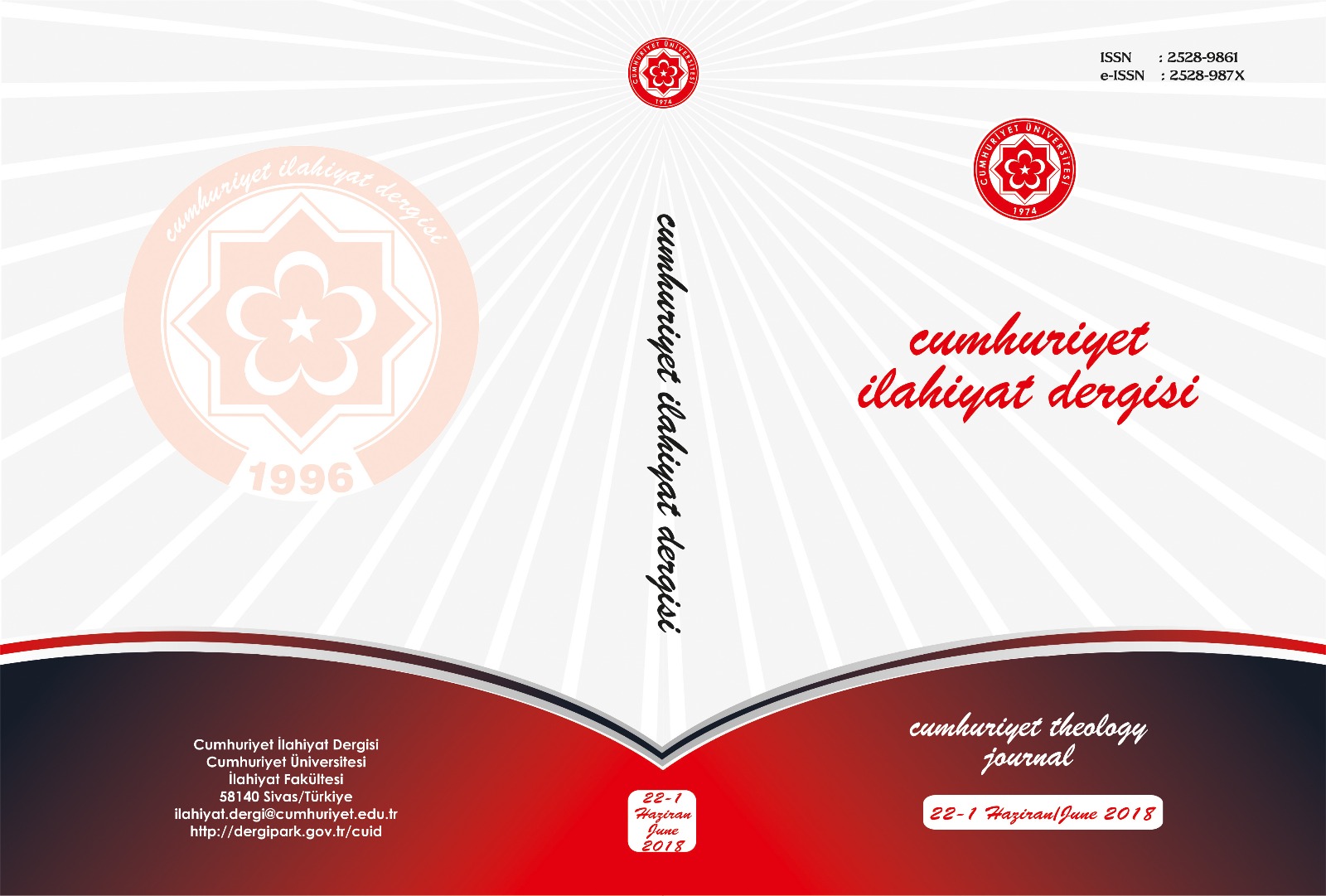
his work deals with Mollā Gūrānı̄’s critique (d. 813/1488) of Qāḍı̄ al-Bayḍawı̄ (d. 596/1200) and Zamakhsharı̄ (d. 538/1144). The Fātiḥ̣a and Baqara sūras in his manuscript tafsı̄r “Ghāyat al-Amānı̄” are chosen as the texts to examplify Mollā Gūrānı̄’s critique. His criticism is mostly related to language, qirāʾa (recitation and vocalization of Qur’ānic text), conceptual meaning and disagreement in interpretations of the Qur’ānic verses in question. Gūrānı̄ primarly criticisez Qāḍı̄ due to his reputation among Ottoman scholars. Guranı̄ has not only criticized Kādı̄ and Zamahsharı̄ in the commentary of the surahs Fātiḥ̣a and Baqara but also Taftāzānı̄ and Kavāshı̄. This clearly shows thah he is a well-versed scholar in researching especially in comperative analysis. In this study, our investigation is limited to, however, Zemakhsharı̄ and Qāḍı̄. This stuyd shows that Zemakhsharı̄ is strictly bound to Ahl al-Sunnah. Moreover, the hadith reports are considerably important for him in understanding and interpreting the Qur’ānic verses. He closely follows the interpretive traditions of early Muslim scholars, especially on the matters that Muslim scholars had an argeemnet.Summary: This study discusses the criticism of Mollā Gūrānı̄ (d. 813/1488), one of the Ottoman commentary scholars, against Qāḍı̄ al-Bayḍāwı̄ (d. 685/1286) and Zamakhsharı̄ (d. 538/1144). The two Qur’ānic Surahs Fātiḥ̣a and Baqara are chosen from his critiques in a manuscript of his commentary called Ghāyat al-Amānı̄. Mollā Gūrānı̄’s manuscript is registered in Sulaymāniye Library, Dāmād Ibrāhı̄m Pasha Section at number 146 and consists of 352 pages in total. This copy is one of the oldest among other its existent copies. The main reason of our preference of this copy is that it is both legible and at the end of the book (the farāgh part), it writes that it was proofread by his author himself and that handwriting notes at the margins of the pages belonged to the author. We have examined this copy by comparing another copy which is again in the Sulaymāniye Library, Haji Maḥmūd Efendı̄ section at number 162, consisting of 484 pages in total, comparatively. We have examined critiques of 41 verses in total from Fātiḥ̣a and Baqara surahs.Gūrānī’s critiques of Zamakhsharı̄ and Qāḍı̄ are too wide to be discussed within the limits of an article. Therefore, we have tried to briefly introduce these critiques. While presenting the commentators views, we tried to make their inexplicit expressions clear and furthermore elaborate their purposes by making use of some other resources. We have to say that we also used bracketed explanatory statements while giving commentators opinions.Most of the critiques of Gūrānı̄ are aimed at Qāḍı̄ since the latter’s commentary was one of the favourite ones among Ottoman intellectual circles. Therefore, in writing his commentary manuscript, Gūrānı̄ ambivalently both followed and criticized Qāḍı̄’s commentary. When Fātiḥ̣a and Baqara surahs are used as a base, it is evident that Gūrānı̄’s commentary Ghāyat al-Amānı̄ is a reason-based (dirāyah) in line with those of Zamakhsharı̄ and Qāḍı̄ as commentary methodology. Gūrānı̄ modelled himself so much on Qāḍı̄ in this commentary of his that it seems as an abridged copy of Qāḍı̄’s. Ghāyat al-Amānı̄ as a commentary example of Ottoman era shows that the commentary methodology of the time did not change even four hundred years after Zamakhsharı̄.It is possible to say that Gūrānı̄ criticized Zamakhsharı̄ and Qāḍı̄ in this commentary in a meticulous manner. Although many of his critiques are disputable, his rigorous approach to texts and his courage of critique, instead of imitative attitude, of Qāḍı̄’s commentary, which was held in high esteem in madrasahs of the time, and of commentary of Zamakhsharı̄, who was competent in Arabic language, is of great significance. Gūrānı̄ used a comparative scientific methodology and was a prominent. When his commentary manuscript examined it can be seen that it was not only Zamakhsharı̄ and Qāḍı̄ but also Taftāzānı̄ (d. 792/1390) and Kavāshı̄ (d. 680/1281) who got their shares from his critiques. Most of Gūrānı̄’s critiques were on the subtleties of Arabic language. He sometimes expressed his criticism using Arabic grammar rules and sometimes rhetoric requirements. His other critiques involved topics such as, conceptual meaning, verses integrity, recitation and some interpretations of verses that he disagreed with. His critical method was based on the integrity of the Qurʾān, interpretive traditions, Salaf’s views and logical contradictions. We ought to mention that Gūrānı̄ showed his strong commitment to his predecessors and scholars for matters on which they had consensus. We comprehend this commitment on occasions when he rejected the claim that, for instance, a given form of qirā’a from Salaf was wrong according to Arabic grammar in favour of Salafı̄ reciter. The aim of this study is to give an idea about commentary understandings and methods of commentators in Ottoman era and to make contribution to introducing Gūrānı̄, who criticized Zamakhsharı̄ and Qāḍı̄, two prominent commentators competent in their field, to researchers in terms of his attribute as a critic. An earlier study on his critiques made in this commentary of Gūrānı̄ only covered his critiques of Qāḍı̄ for some of his interpretations in Fātiḥ̣a and Baqara surahs. Therefore, another important factor leading to this study was to cover all critiques he made against the views and comments of both Zamakhsharı̄ and those shared by Zamakhsharı̄ and Qāḍı̄. Hence, this study aims to contribute to the fiedl as an analytical study or a translation made by researchers on this concise and handwritten manuscript.Some conspicuous features are seen in Gūrānı̄’s critiques. As he pointed out in his reviews, in case of subjects with availability of narratives (rivāyah) and of suitability of the literal meaning of verses, he did not prefer allegorical interpretation. He gives the impression that he based his reviews on Ahl al-Sunnah, and he took pains to follow Ashaʿrı̄te school of thought. Although Gūrānı̄, did not see harm in sharing the same things with Zamakhsharı̄, opposing Qāḍı̄ as regards Arabic language, he was always in opposition with Zamakhsharı̄ in relation to commitment to sectarian view and Ḥadı̄ths. It can also be said that Gūrānı̄ did not favour esoteric-allusive commentary style.It can also be said that Gūrānı̄ had sound and deep knowledge in the field of Kalām. This can be deduced from his considering Qāḍı̄’s arguments to criticize Muʿtazila as insubstantial and sometimes from his criticism of Qāḍı̄ for his careless selection of phrases he used in theological issues. Meanwhile, Gūrānı̄ criticized some views which did not belong to Qāḍı̄. For example, it is seen that he criticized Qāḍı̄ for his citation of an opinion through the phrase “it is said that” as if it was his own view by writing an annotation on the margin that it was Qāḍı̄ who said it. In our opinion, the most important thing that the critique of Gūrānı̄ shows is his scholarly identity and his outspoken character of enunciating of what he believed scholarly and conscientiously. This, also, shows the existence of critical thinking in Ottoman scholarship tradition.
More...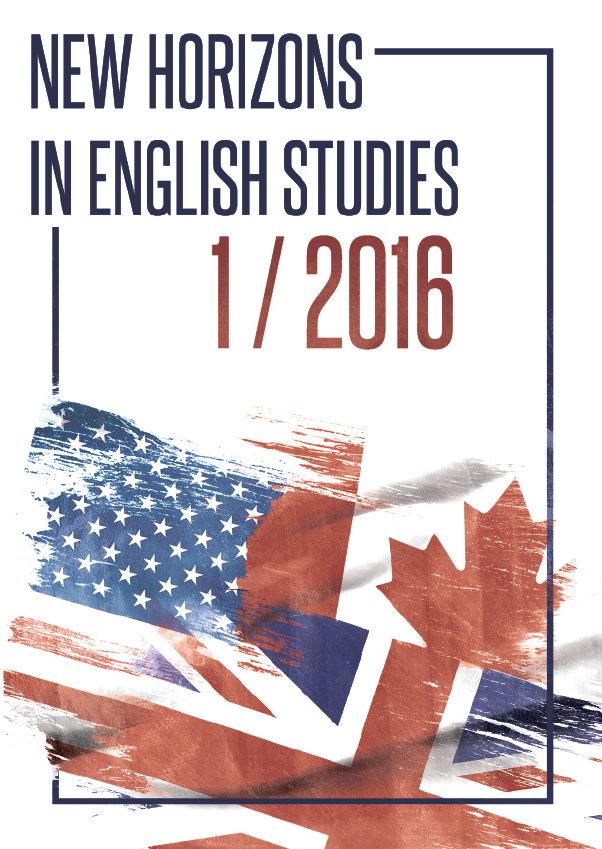
Neil Gaiman’s urban fantasy novel Neverwhere revolves around some problematic aspects prevalent in the contemporary world, such as an iniquitous discrepancy between social classes or a problematic attitude to history. The artistic universes created by Gaiman are instrumental in conveying a complex condition of postmodern society. Although one of the represented worlds, London Above, is realistic and the other, London Below, is fantastic, both are suggestive of the contemporary social situation, citizens’ shared values and aspirations. Only when considered together can they reveal a comprehensive image of what the community accepts and what it rejects as no longer consistent with commonly held beliefs. The disparities in the representations of London Above and London Below refer to the division into the present and the past. The realistically portrayed metropolis is the embodiment of contemporary times. The fantastic London Below epitomises all that is ignored or rejected by London Above. The present study is going to discuss the main ideas encoded in the semiotic spaces created by Neil Gaiman, on the basis of postmodern theories. I am going to focus on how the characteristic features of postmodern fiction, such as the use of fantasy and the application of the ontological dominant, by highlighting the boundaries between London Above and London Below affect the general purport of the work.
More...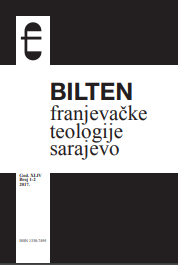
Jozo Džambo, historičar i esejist, napisao je rad pod naslovom Jedna neobjavljena kritika Jelenićeva djela “Kultura i bosanski franjevci”. Taj rad je objavljen u časopisu Bosna Franciscana br. 43/2015. Nemam namjeru govoriti o tom radu, nego o nečem drugom. U tom se radu, naime, nalaze i kopije pisama fra Pave Dragičevića, širokobriješkoga gimnazijskog učitelja. Imao je krasan rukopis. To se vidi u spomenutom časopisu na 121. stranici u njegovu pismu upućenom Karlu Patschu, austrijskom slavistu, arheologu i povjesničaru.
More...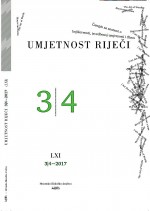
The paper considers prose written between 1945 and 1970 as revealing changes in attitudes towards the communist idea in Croatia, and Yugoslavia, especially as regards the construct of the protagonist, i.e. the partisans. In the immediate post- WWII period, partisan activities are conceptualized as a journey through time towards a well-defined goal. In the 1950s, their journey is transformed into roaming that is eventually resolved, and from the 1960s, into roaming with no destination point, i.e. no goal. The first journey exemplifies the earliest communist vision of the bright future to which the partisans and society aspired. The second exemplifies the moment of hesitation that emerges during the journey, but is resolved. The third exemplifies hesitation that is presented as contamination of ideals and a catastrophe. The first journey is associated with the communist orthodoxy (tribal collectivism), the second with its critical re-evaluations (critical collectivism), and the third with decadent tendencies (individualism).
More...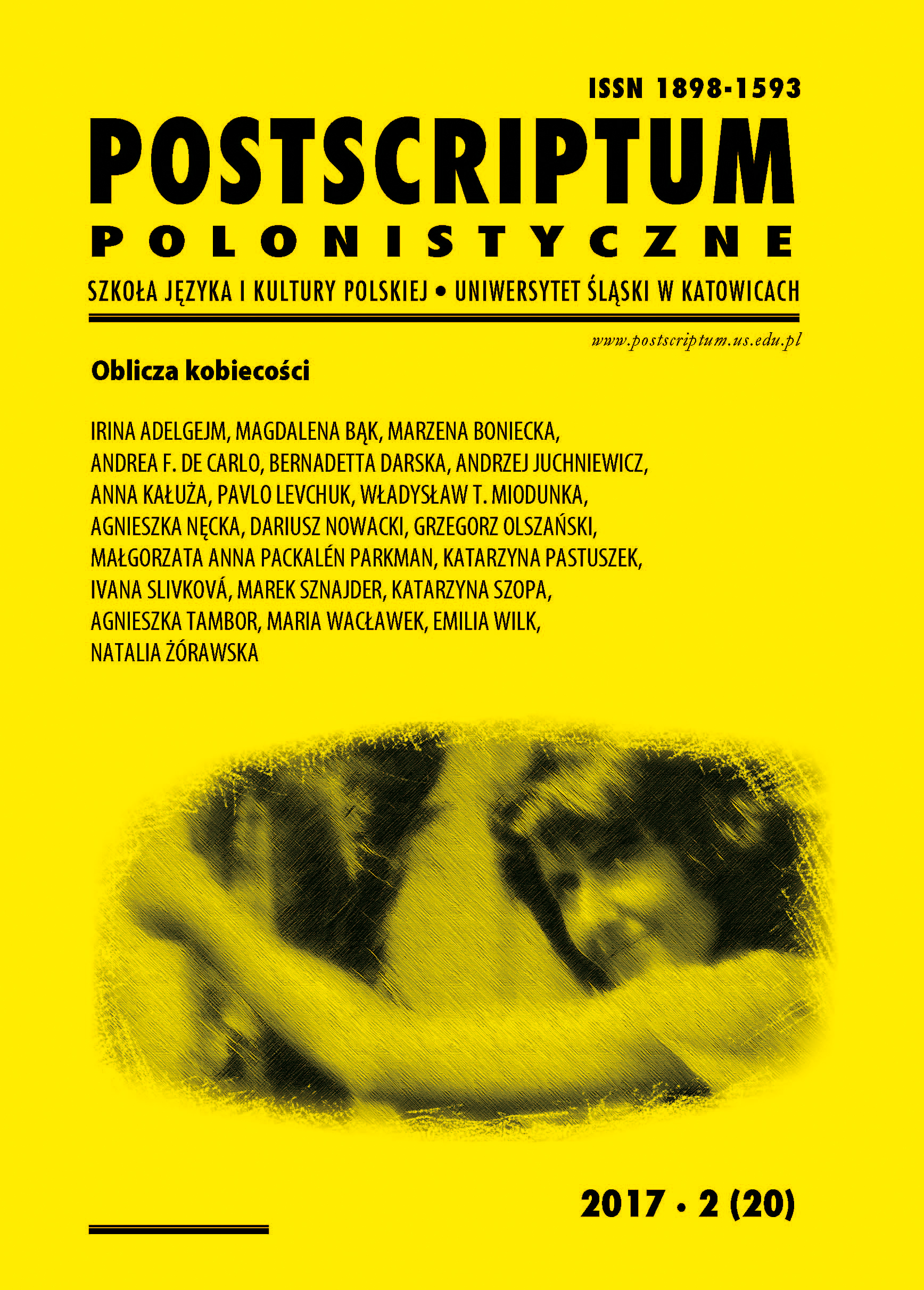
The aim of the article is to discuss the phenomenon of a ‘newly born woman’ that appears in the writing of the French theoreticians of gender, Hélène Cixous and Luce Irigaray. The author of the article distinguishes between the views of the two researchers and aims to reveal the specificity and uniqueness of each of them. This approach goes beyond the frames of ‘essentialism’ designed by Anglo-American critics of the eighties.
More...
The aim of the article is to present recent fundamental changes in thinking about poetry. Authors of books published in the years 2010–2016 are much more aware of the political and social situation than those who were debuting right after the year 2000. They are also aware of the context of artistic creation and aesthetic criteria. They seek to redefine the production and distribution of poetic works and react (as their predecessors did) with resistance to social and political oppression.
More...
The article aims to present the themes of popular contemporary women’s novels. The contexts for the analyses are stereotypes of sex and commercial expectations. The marketing strategy of the publishers and authors is important as well as the changing rules about creating the image of an author by the media. Pretending social involvement in popular women’s novels is connected with marketing strategies and the need to refer to popular subjects is of secondary importance. What is important, however, is the literary awareness of the authors and the capacity of recognizing the place of one’s own creativity on the map of pop culture.
More...
Polish woman-centered symbolism has a specific dimension, which is depicted in the iconic ‘Polish Mother’ (Matka Polka). The iconic image is deeply rooted in Polish history and culture and it often refers to the mother of Jesus as she is expected to sacrifice her children for the motherland. As a woman, she realizes herself not only through motherhood but also in the service of her nation, and as such, she becomes a highly charged metaphor for both motherly love and patriotism. The ‘Polish Mother’ is a myth; a stereotype that has shaped the thinking of the nation for more than two centuries and is still largely in force. In contemporary literature (and also in various media texts and blogs) one can identify however, obvious attempts to re-evaluate this very traditional iconic image. Especially motherhood, in Poland today, has gained a new dimension. I investigate some of the most characteristic aspects of the selected texts, focusing on the discrepancy between the old clichés and expectations and the subversion of traditionally defined motherhood in a modern society, which no longer takes the ‘Polish Mother’ at face value.
More...
The article analyses myths concerning menstruation in Izabela Filipiak’s and Olga Tokarczuk’s creative works. The writers refer to female physiology in order to abolish the taboo on the female body and its excretions and to create mythology free from the male universe. Menstruation is considered a taboo subject even at the beginning of the 21st century and this physiological aspect of feminity is connected with an attempt to respect the differences between the sexes. One can observe not so much an attempt to destroy the rules of patriarchal culture, but a need to recreate the Western imagination, which is able to renew social and symbolic order and create new female mythology, which enables women to identify with their own needs, feelings, physical, sexual and erotic experiences.
More...
Gender theory concerns most areas of woman‘s existence in a society and an artistic text is one of many subject manifestations, which may and is likely to influence public opinions. After the period of literature dominated by heroines fighting for the rights, the woman-provocateurs came to set free not only their bodies, but also their souls. Apart from the male–female relations (gender theory), Olga Tokarczuk’s short story „Najbrzydsza kobieta świata” (tr. „The Ugliest Woman of World”) reveals various aspects of women’s writing, in particular – the aesthetics of ugliness. Within this milieu, the ugliness is locked in two stands: 1. the direct characteristics of the ugliest woman in the world and 2. the shocking element of the suffering aesthetics, namely, the exposure of woman by the others.
More...
The article aims to analyse the relationship between the writer, her text and imagination that is influenced by the image of death. In Gruszecka’s novels this is revealed mostly by the way in which the author presents her heroines, whose existence is uncertain, phantom-like. In reference to the works of Hélène Cixous and Jerzy Grotowski, the author of the article considers how the body is presented (regarded as a certain type of an archive) as a source of the text existing between life and death. In this context ‘writing (with) the body’ could be understood as a mode of ‘stillness’ as to give way to the life that comes (also from the past and memory) in a momentary experience of self-mortality.
More...
Most scholars dealing with Ewa Lipska’s poetry claim that a motif of home is amongst the most important ones in her works. The author of the article discusses the existence of this very motif in the late works of the poet. The article also aims to consider the different senses evoked by the Greek term ‘atopy’ in Lipska’s works.
More...
The aim of the article is to reinterpret the landscapes created by Eliza Orzeszkowa with the use of the tools offered by geocritics and geopoetics. It enables treating topography as the main element of the literary landscape, which – in the case of Orzeszkowa – creates the landscape itself. Topography/’topographic experience’ contains the landscape and makes it visible. Using some selected examples, the author of the article explains how space has been created and which senses it evokes.
More...
The aim of the article is to describe the way in which Tomasz Łychowski defines the phenomenon of emigration in his poems from the volume „Spojrzenia” („Glances”, 2016). Emigration is not only regarded from different perspectives here, but the author also plays with the traditional image of an emigrant. In his poetry Tomasz Łychowski promotes the idea of unity in multiplicity and the value of diversity.
More...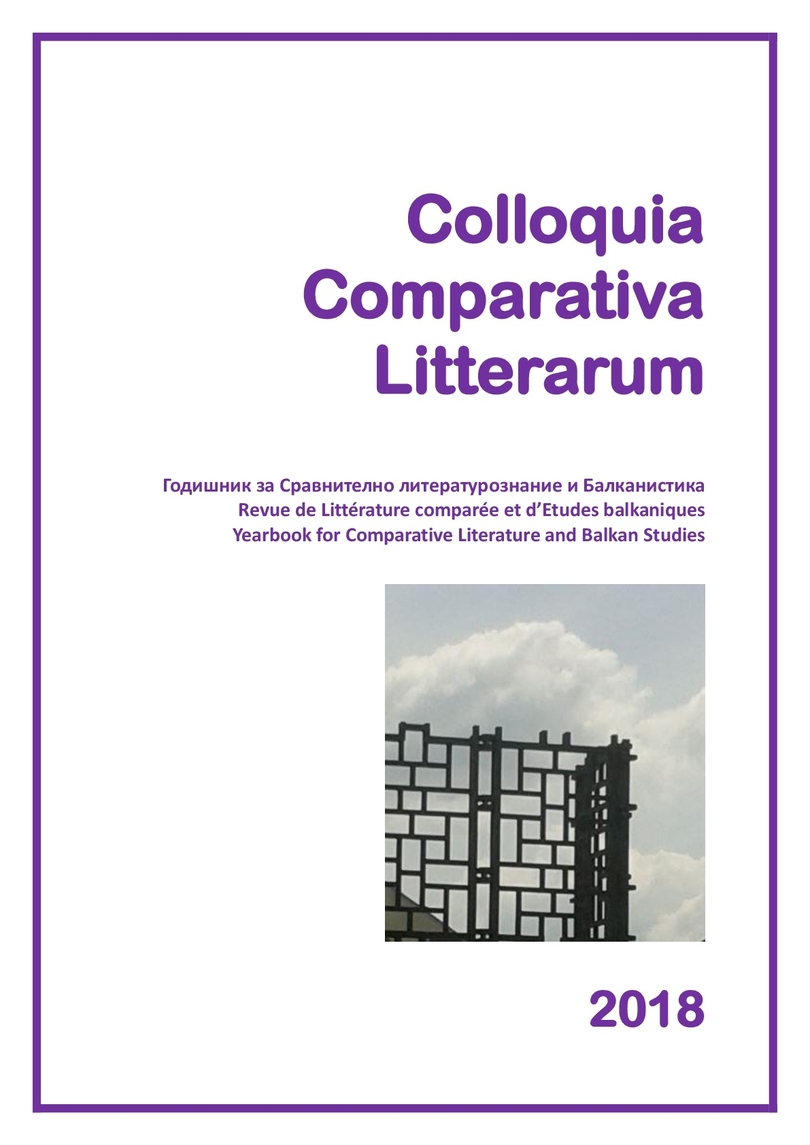
Defining Greek Modernism proves to be a difficult task. It can be said that trying to outline its boundaries raises more questions than provides us with answers, because it somehow resists homogeneous and pure categorisations. Through analysis of verse building we shall try to give a formal answer to the question of what is ‘modern’ for Neo-Greek literature and how, in fact, poetry becomes ‘modern’. As far as the measured speech is concerned, this argument can be easily solved by opting to examine the verse building techniques (versification, rhythmic steps, rhymes, tropes, etc.) and especially the presence of the free verse as a marker of emancipation from the iambic verse of fifteen syllables, emblematic for the Greek folk-song tradition and known also as decapentasyllabic verse. The occurring changes in metric structures are both a complex and a long process that gave its most mature fruit in the works of the 1930s generation (G. Seferis, O. Elytis, I. Ritsos, etc.). However, it turns out that these changes could not possibly be considered as the only leading indicator of modernity, perhaps once again because Greek poetry remained firmly rooted in the local tradition of artistic conventions (which can be seen as a general projection of the spiritual impulses dominating the Balkan peninsula) and metamorphoses encompassed the literary body at a somewhat conservative pace.
More...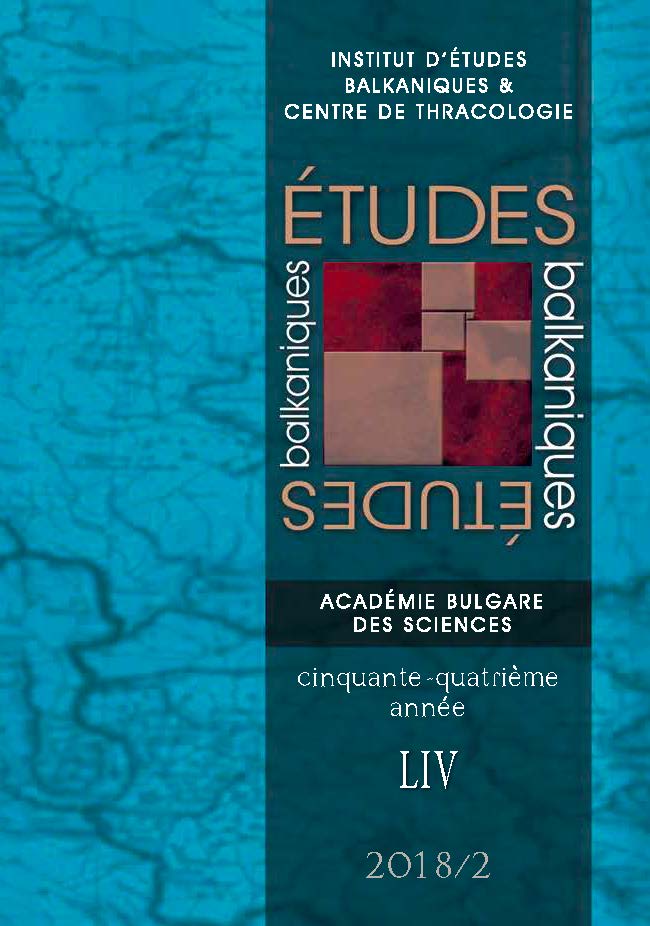
Pseudo-Callisthenes’ Alexander Romance has played an important role in the development of the historical and literary legacy of the antique Hellenistic peoples as well as on the medieval Europe and Asia. In this respect neither the medieval Georgian chronicles and literature were an exception. The Alexander Romance served as the basis for the description of historical and literary adventures of the king of the Georgians, Vakhtang Gorgasali ( fifth-sixth century). His chronicler Juansher, under the influence of the hero of Alexander Romance, created a mystic image of a ‘great king’ Vakhtang, a victorious knight and a Christian ruler. For the Georgian medieval chroniclers, editors and rewriters, Alexander of Macedon remained the ideal of a powerful, yet righteous ruler and a model of a hero, and this attitude has been reflected in the compositions and literary legacy of the chroniclers of this or later epochs.
More...